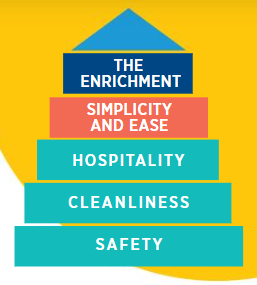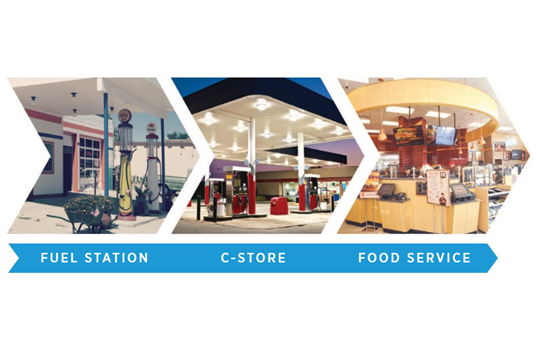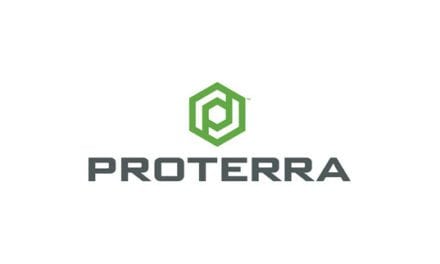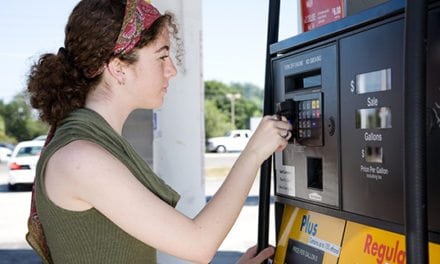By Mike G. Zahajko, CAF
Since the first drive-in service station opened in Pennsylvania in 1913, the retail petroleum industry has continued to change and evolve to meet changing customer needs and business conditions. The traditional “fuel station” with a service bay so common not all that long ago is today basically non-existent.
The contemporary convenience store is itself forced to evolve due to the decreasing sales of core categories: tobacco, alcohol and fuel. The National Association of Convenience Stores (NACS) 2019 SOI data shows that the business model for top retailers has changed significantly since 2009. When looking at the percentage breakdown of inside sales for top retailers in 2019, foodservice makes up 28 percent. That’s a 75 percent increase in total percentage from the 2009 average of 16 percent. Conversely, the data also clearly shows that the bottom half of retailers are running off a 10-year-old playbook.
If top retailers have made the switch to foodservice, then why are so many retailers lagging? While there is no easy answer, the two core challenges to the switch are self-identity and customer experience.
Retailers need to ask themselves the age-old question: “Who am I?” Am I a gas station that sells snacks and roller-grill items? Am I a food service destination that also sells gas? Why do customers choose to come into my store?
Understanding how customers see you and how you fulfill their needs is the first step. Along the journey to foodservice, the customer experience becomes critical. Would you stop at a site when you knew that the restrooms were horrible? No. Thankfully, poor restrooms are not nearly as common as they were only 20 years ago.
The foodservice customer has higher expectations than the customer who is only coming in to buy tobacco. Fortunately, the most important customer needs are also the most basic. The NACS Coca-Cola Research Council identified those core needs in their 2013 “Playbook for Success.” A customer needs to feel safe. Outdoor lighting and store upkeep play a strong influence on the customer’s perceived safety.

Cleanliness is critical because it speaks to brand quality and trust. Do you trust the food quality and safety at a filthy gas station? Probably not. Customers buy more from a clean store. Every day there are roughly 39 million fill-ups. Millions of customers drive into gas stations across the country, and on average, only around 30 percent make an instore purchase. Therefore, cleanliness starts at the pumps and parking lot. Curb appeal matters.
Friendly staff is often the #1 reason cited in online gas station reviews for a 5-star experience. When customers receive a friendly greeting and leave smiling, the core needs are now met.
The recent GasBuddy 2019 Q2 Foot Traffic report shows the impact these factors make on foot traffic by correlating tracking data with real-time online reviews. In fact, it confirms core needs first presented six years ago. Top-rated sites for cleanliness have six percent more foot traffic than average performing sites and 15 percent higher foot traffic than bottom performing sites. Customer service ratings have up to a 13 percent impact, while outdoor lighting can be as high as 18.8 percent.
To match the top-rated sites, you start by taking a good hard look at your sites through the customer experience lens. How would you rate your customer service, lighting and cleanliness? Are you above average or is there opportunity for growth?
In retail operations and leadership, it is so easy to get caught up in the “next big thing.” The data tells us that these basics are even more important as the industry evolves and must remain a top priority. I’ve often heard the saying: “What my boss finds interesting, I find fascinating!”. I believe to be successful through the changing evolution of retail petroleum we must adopt a similar mantra: “What my customer finds interesting, I find fascinating, and then I deliver.”
 Mike G Zahajko, Executive Vice President, Sales for CAF. CAF is a leader in outdoor cleaning and c-store image solutions. CAF helps convenience retailers eliminate their toughest cleaning challenges. Partnering with CAF means access to top-notch operational support, personalized training and award-winning products. For more about CAF, visit www.mycaf.com.
Mike G Zahajko, Executive Vice President, Sales for CAF. CAF is a leader in outdoor cleaning and c-store image solutions. CAF helps convenience retailers eliminate their toughest cleaning challenges. Partnering with CAF means access to top-notch operational support, personalized training and award-winning products. For more about CAF, visit www.mycaf.com.








